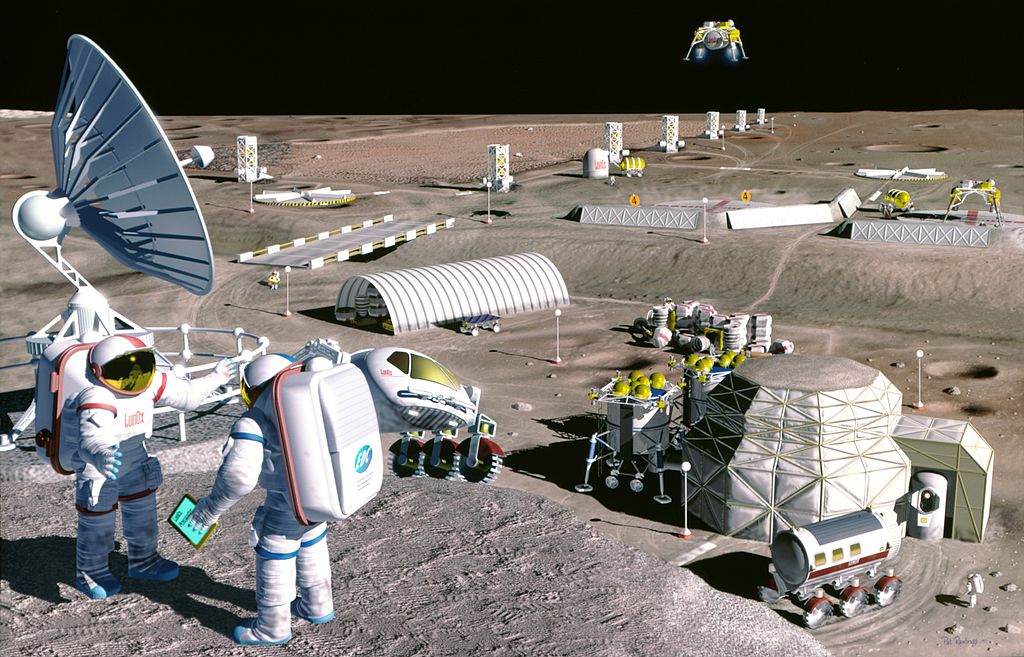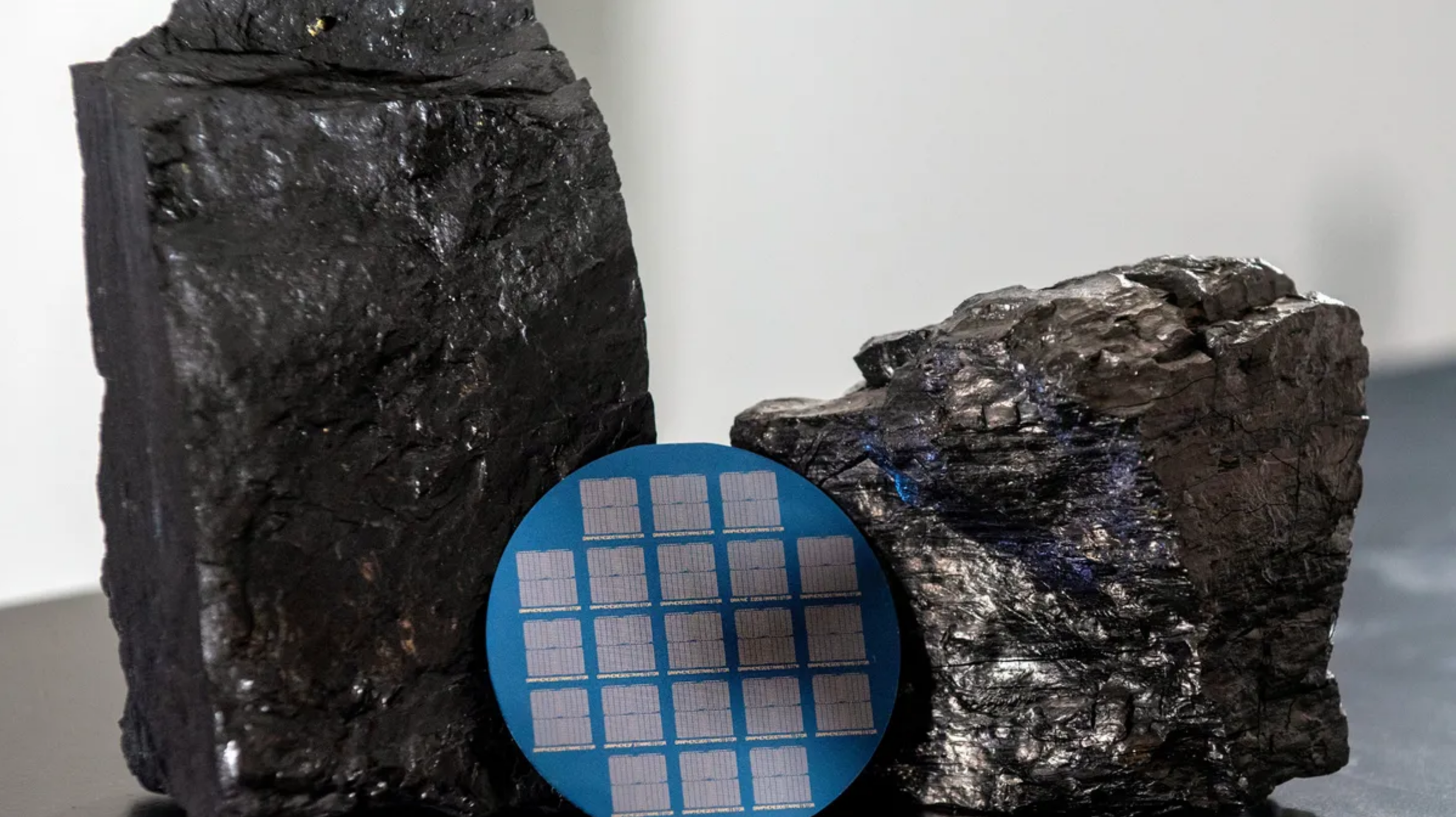Earth has what it takes to support life, but space exploration missions face various challenges. One of the major hurdles in our species’ space exploration endeavour is obtaining essential resources from beyond Earth.
Among these resources, water takes center stage as a precious and indispensable asset for sustaining human survival in the vast expanse of the cosmos.
Water, often referred to as the elixir of life on Earth, holds immense significance for space missions.
In nearly every space mission, finding water is a top priority. Even the smallest hint of its presence could make an alien world more suitable for supporting life.
In the vastness of outer space, this essential molecule is believed to be abundant. Furthermore, the advantage of water lies in its ability to be easily split, yielding another vital ingredient for life: oxygen. This dual significance makes water a paramount resource in the quest for sustaining life beyond our planet.
George Sowers, a space resource expert and Professor of Mechanical Engineering at the Colorado School of Mines (CSM), proposed this concept. The idea is to harness the power of the Sun. The goal is to unlock large amounts of water from celestial bodies through this approach.
The concept is simple yet revolutionary, like using a magnifying glass to focus sunlight.
In a vacuum, ice directly turns into a gas through sublimation. But, the absence of molecules in the vacuum prevents heat transfer from the ice.
However, by directing sunlight onto the ice with a large mirror, the sublimation process accelerates. This results in water vapor, which can be captured and condensed back into liquid water.
However, the patented technology is in the planning phase. It offers the promise of a future where humans can extract water and other resources from the Moon and beyond.







